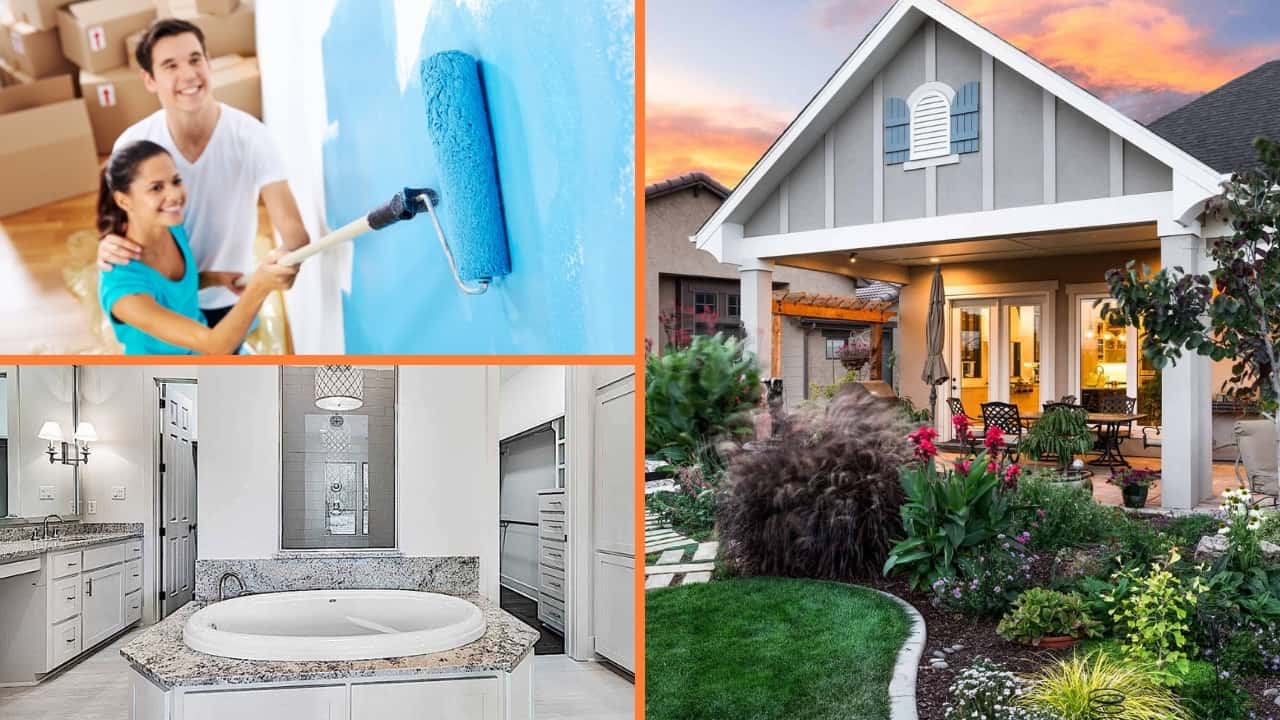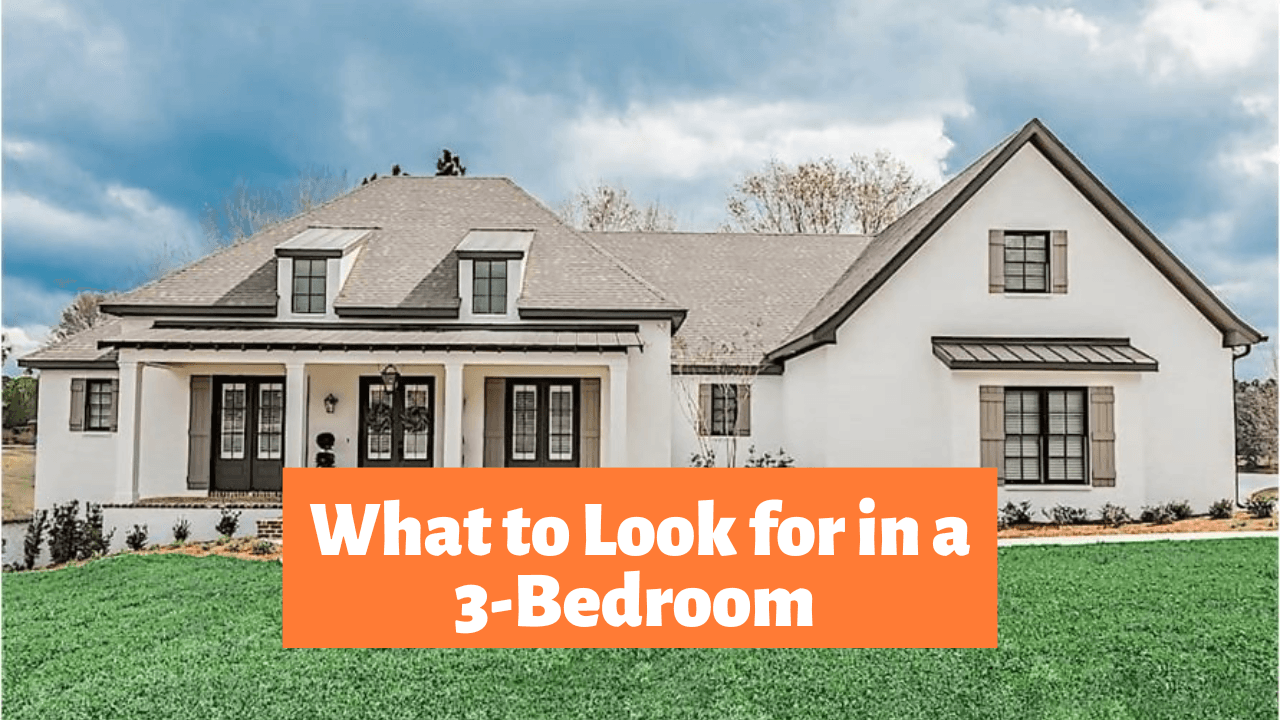How to Plan for Adding a Swimming Pool to Your New or Existing Home
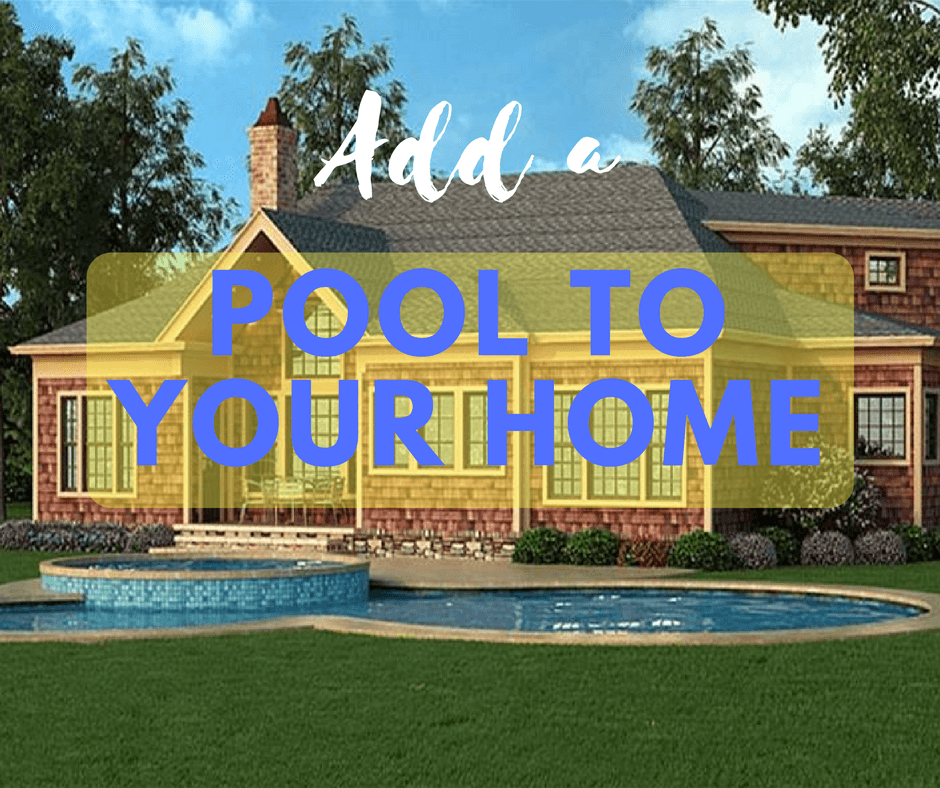
Pools Bring Unmatched Enjoyment to Your Outdoor Landscape
The decision to add a pool to your home or not can be an agonizing one. Pools are definitely fun – but also entail a lot of maintenance and upkeep work: adding chemicals to water for proper pH and cleanliness and to prevent algae, cleaning up debris and skimming it out of the pool, maintaining the pump and filtration system, and more. So be prepared!
In the end, however, most homeowners will tell you that all the stress about deciding to build a pool was definitely worth it once they look back upon the priceless memories that were made splashing around with children, friends, and neighbors. We look at many of the decisions you will need to make before you choose to give the go-ahead and the steps needed for how to build a pool.
Adding a Pool to Your Home
There is some definite resale value in adding a pool to your home (provided you find the right buyer), but for the most part pools are installed in order to add enjoyment to the here and now. Your new pool can become the centerpiece of your home and can boost your entertainment options tenfold.
- A swimming pool is a great way to enjoy the outdoors and get your much-needed boost of Vitamin D.
- Pools have mental health benefits, as they are relaxing and also a great form of exercise.
- Perhaps the most endearing aspect of your pool is looking back on the hundreds of memories shared over the years as children grow and friends come and go.

Talk about a resort at home: this 2-story luxury Mediterranean style home includes a pool to check all the entertainment and summer fun boxes: pool, relaxation area, waterside sports, play area, outdoor cooking and entertainment area, and more (Plan #107-1085).
Planning the Build
As with most home improvement projects the most convenient time to install a pool is during new construction. When you are building new, you can incorporate the pool directly into the landscaping plans to ensure there is enough room. During new construction is also the ideal time to run underground lines that are necessary for efficient pool operation. Building a pool as part of your new construction can also actually save you money as excavators, earth movers, and contractors are already on-site working on prepping the house.
Of course theres nothing wrong with a retrofit pool addition either. A swimming pool might not be feasible for the budget when first buying or building a house. After years of getting comfortable in a home you may find you have the money saved for a more elaborate pool and surrounding deck than you would have when incorporating it into your new build.
One of the biggest obstacles surrounding adding a pool to your existing home is the logistics. If you plan on building an underground pool, you have to not only find enough space for the size you want – but also make sure electrical, water, and septic arent buried in the area. Sometimes there simply has to be some compromise involved in location and size when adding a pool to your existing home – but most homeowners find it well worth it.
In-Ground or Aboveground Pool?
Once youve decided to build a pool and have convinced the appropriate family members / financial institutions, the next big choice to make is if you want to have an in-ground or aboveground unit.
In-ground pools add the most value to your home because they are a permanent fixture that adds to the aesthetics of your backyard landscape. If you live in climates where it is warm 8+ months a year, an in-ground pool is almost an expected feature to a home. The major downfall of an in-ground is the much higher initial investment needed for excavating and construction. In-ground pools also require nearly year-round maintenance and the added expenses of continual operation of the filters, pumps, refilling the water, etc.
Aboveground pools are considered by many homeowners to be much more convenient. First off there is no excavation or running of underground pipes required to accommodate an aboveground pool. This, as well as the makeup of the pool itself, helps lower the cost of an aboveground pool considerately compared with an in-ground unit. Aboveground pools are also easier to prep for the Winter, and they can be taken down on a whim without any razing or dirt filling required as with an in-ground model.
Aboveground pools do have a much shorter life span than in-ground pools, and they are much smaller. If you plan on swimming laps or hosting water-volleyball matchups, an aboveground pool is going to get a little cramped.


An aboveground pool (top) is less expensive and serves the purpose of cooling off the kids on a hot summer day, but nothing can beat a beautiful, well-kept in-ground pool (bottom) for entertaining adults and children alike in a resort-like setting (Photo Source: Overstock). This built-in pool is part of a 4-bedroom, 4-bath, 2-half-bath luxury home in Spanish/Mediterranean style (Plan #195-1070).
Average Swimming Pool Sizes
Many homeowners report a much higher return on investment for in-ground pools mostly because they are larger and more flexible in their uses.
• Small in-ground backyard pool dimensions are generally about 10x20 feet with a depth of only 5.5 feet. If youre looking for an average pool size in these dimensions, an aboveground unit may be more cost effective to install.
• The standard in-ground pool size is 14x28 feet with a depth of 6-1/2 feet. If you want to do any diving, however, its generally recommended to go at least 9-1/2 feet with the depth.
• Larger scale luxury pools are upwards of 18x36 feet and have multiple depths including a deep end of 12 feet.
In-ground pools are constructed of a mixture of concrete, vinyl, and fiberglass. This means that a standard backyard pool size can be customized to any dimension or shape. The most common shapes are rectangle or kidney bean, but custom pool shapes add a true sense of uniqueness to a home.
Aboveground pools generally come in three shapes – round, oval, and rectangle. Customizing an aboveground pool isnt really cost effective, but there are plenty of options in sizes. Round pools range from 24 feet to 33 feet in diameter. Oval pools are anywhere from 12x24 feet to 21x41 feet, and rectangle models fall between 9x18 feet and 15x25 feet.

Plan, Plan, Plan
Your pool is going to take about 4-6 calendar weeks to complete from the time of excavation. However there are weeks if not months of planning required prior to breaking ground. The first thing you need to do is ask yourself a few questions:
1, What is My Budget for The Pool?
2. Can My Yard Really Accommodate a New Pool?
3. Will My City Allow Me to Build a Pool or Is There Zoning Restrictions?
4. Are There Capable Contractors in the Area for Design, Excavation, and Construction of Pools?
5. How Will the Pool Affect My Homeowners Insurance?
Once youve answered these questions internally, its time to start outsourcing the companies that will complete the construction of your pool. The steps for these include:
1. Meet with the pool designer you choose. This can actually be helpful whether youre choosing an in-ground or an aboveground pool. The years of experience that these professionals have is invaluable, as together youll break down what you want, what is feasible, the ideal positioning, and the specifics of the pool itself.
2. Once you know what you want, it becomes easier to put your plans into motion. You can start obtaining bids for materials and any other services you may not be comfortable with such as electrical or plumbing.
3. Once you have the design in hand you can now start to get approvals and permits to ensure the legality of the pool. Youll need to get approval from your city zoning boards and acquire the necessary permits for additional gas, electric, and water hookups. Youll need to have professionals come in to locate all existing underground utility lines, and further down the line youll need inspections for footings, plumbing, and electrical bonding.
4. After the plans have been accepted by all necessary parties but before the actual dig commences, the pool layout is staked out in your yard. This is the last step before actuall installation commences to ensure that you are fully satisfied with the layout and that the pool will indeed be free of any obstacles and dangers such as utility lines. Even laying out an aboveground pool can be very beneficial to the project success.
Digging and Installing
Once the pool is properly laid out, form boards can be set into place and the pool elevation determined. Its finally time to start excavating by removing dirt so that the pool location is dug out to the proper depth. Of course the excavation step is not necessary when installing an aboveground pool.
Depending on how elaborate your pool is intended to be, the installation can involve numerous steps. The pool floor and walls will need to be laid and the tile or liner set in place. Plumbing and electrical all needs to be done by a professional as well as filtration equipment and pumps installed. The deck will need to be built and finally a finish coat can be applied to the pool as it is ready for enjoyment at last.
In order to ensure that your pool project goes off without a hitch, its all about planning. Every step of the building process – from design to excavation to filling with water – should be carefully orchestrated. If youre building a new home and looking to add a pool, or wanting to add a pool to your current home, check out these house plans with pools for ideas on shapes, sizes, and design.
Plan Results
OR ENTER A PLAN #
Blog Resources
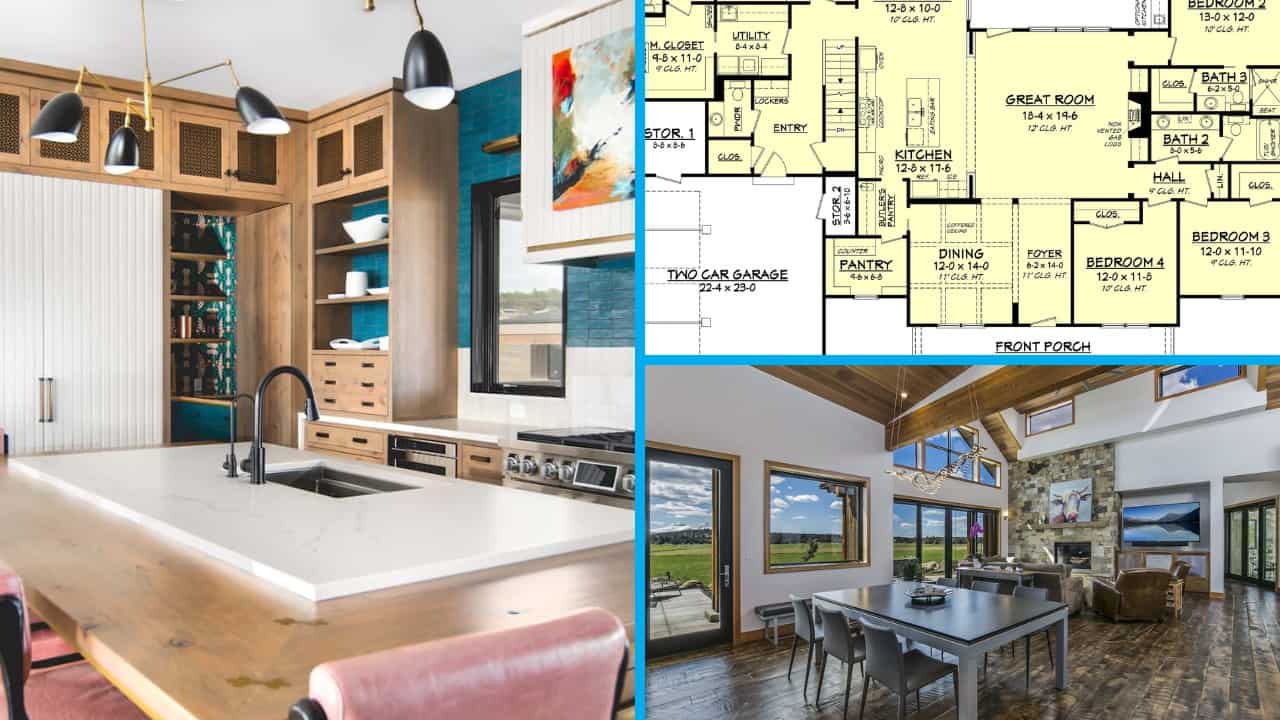
Home Design & Floor Plans
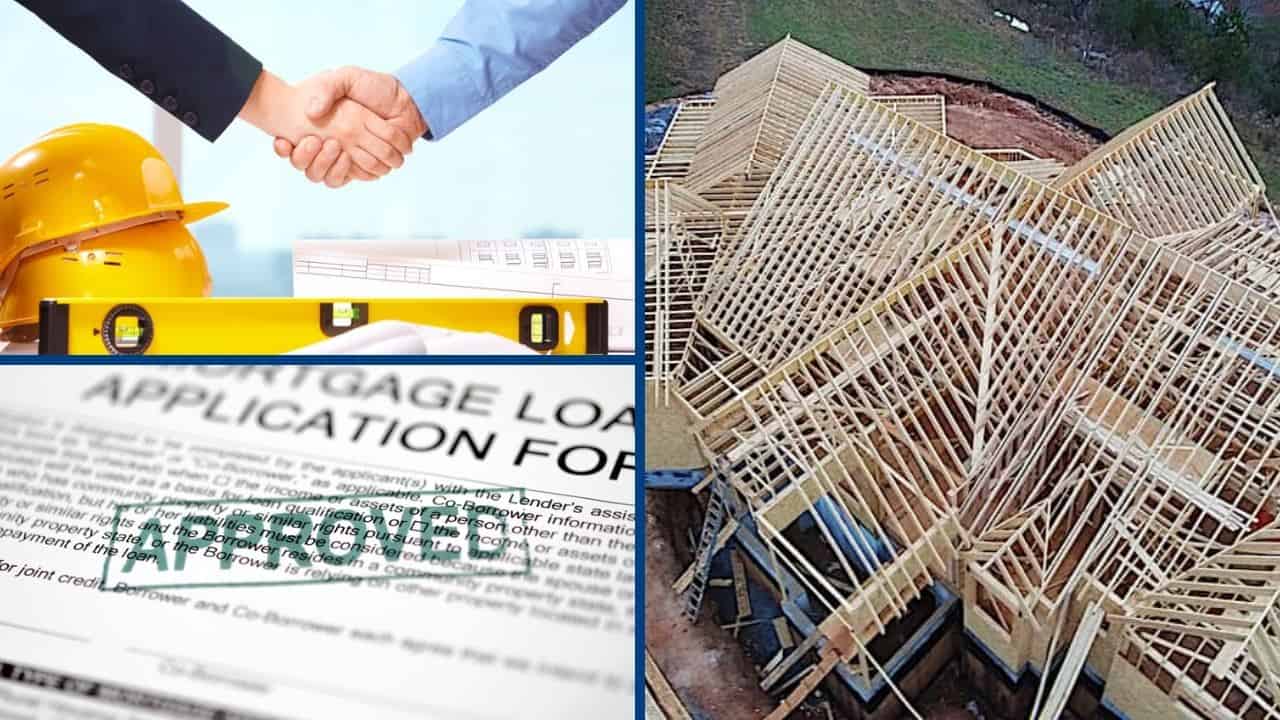
Home Building
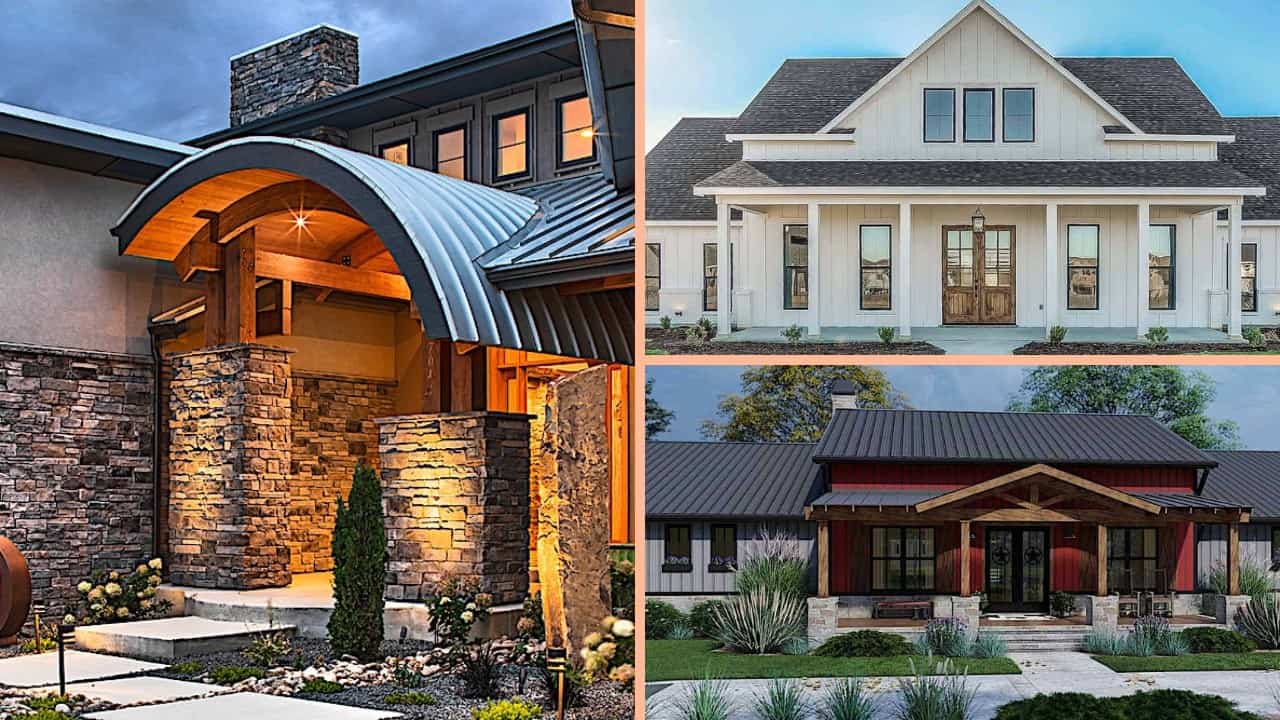
Architectural Styles/Architecture
